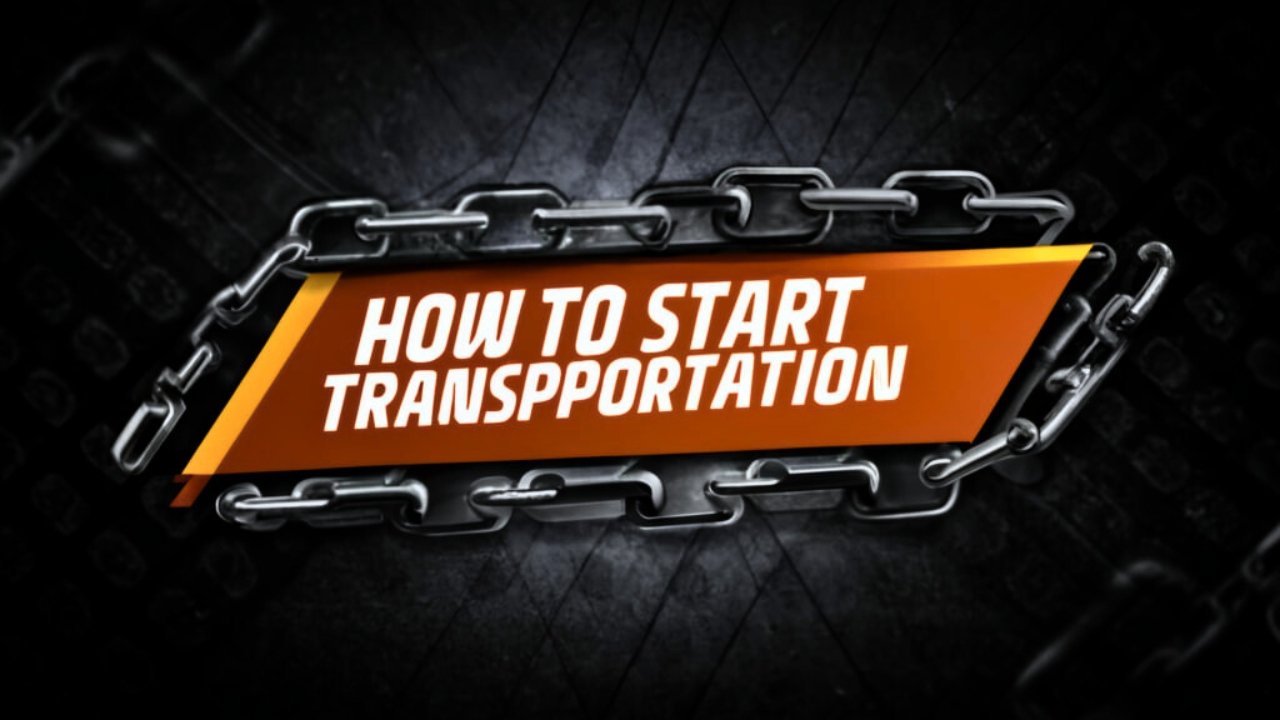How To Start A Grocery Business? 13 Simple Steps
In India, launching a grocery store presents a profitable prospect, especially in light of the continuing need for basics.
This blog will walk you through the process of starting a profitable grocery store, focusing both online and offline business methods.
We’ll cover market research, business planning, legal requirements, location selection, inventory management, marketing strategies, and more.
What is a grocery store In India?
A grocery store, also known as a “grocery” shop in India, is a modest, family-owned business that offers daily needs like grains, spices, snacks, and home goods. These shops serve the local population and are usually found in locations. Grocery stores, in contrast to giant supermarkets, are smaller, provide individualized service, and frequently let customers make credit purchases. They play a crucial role in both rural and urban regions by facilitating easy access to needs. To better serve their clients, companies are now using digital payments and online ordering, fusing traditional operations with modern technology.
How to start a grocery business in 13 Simple Steps?
A grocery shop business model requires 14 different processes to complete:-
1. Identifying the Indian Grocery Market
India has one of the biggest grocery markets in the world, thanks to its large population and deep resources. E-commerce, e-grocery stores, and traditional grocery stores make up the market categories. The trend toward online grocery shopping and connectivity is growing as a result of shifting tastes and urban growth.
2. Types of Grocery Businesses
You need to choose the type of grocery business you want to start before you begin. The options can be as follows:
Grocery store: A modest, local business that stocks items needed for daily life.
Supermarket: A large retailer that has a wide product selection, often with specials and discounts.
Online grocery store: An internet store that allows users to order food online and have it delivered right to their door.
Franchise: Joining together to start a store under the name of a well-known brand.
3. Performing Up Market Research
It is essential to carry out market research to understand competitors, search preferences, and demand in your chosen field. Here are the steps to take:
Identify the audience you want to reach: Establish the target consumer base’s demographics (e.g., working professionals, families, students).
Analyze competitors: Visit existing stores in the area to understand their offers, pricing, and customer service.
Consumer preferences: Find out about the preferences and buying patterns of potential customers through surveys.
4. Create a Business Plan
Your business plan should include:
Executive summary: Explain and restate each section of your proposal. Give an overview of the grocery store business and explain how your products fit within it. Integrate market trends and industry analysis.
What kind of store are you planning to open?: Are you going to be a general grocery store or will you cater to a particular market or nearby?
Customer analysis: Which market niche do you target to? Baby boomers and college students have different needs from grocery shops and react to marketing in different ways. Take into account your ex-partners’ average age, average salary, and average area size.
Analyzing your competitors: Who are your stated and true rivals? Which workers take part in the 5-kilometer business? And how do you set yourself out? Imagine the edge that your opponent has in technology.
Marketing Plan: Work on your special offer. For example, commuters who travel in the morning may find your placement close to the train station ideal. Choose your showroom and promotion pricing.
Plan of operations: What are your planned working hours, and how many staff members will you need to run your business effectively? Who is in charge of the group? Add goals and standards here.
Financial plan: How much capital investment will you need, and where will your revenue come from? Add a cash flow statement, balance sheet, and income statement.
- This is just an outline; as you draft your plan, you’ll need to be more detailed.
5. Choosing the Right Location
The location of your grocery store is crucial to its success.
Foot Traffic: Choosing an area with a lot of foot traffic is important when deciding where to put your grocery shop. Home areas, as well as areas close to workplaces or schools, are ideal settings. A high volume of foot traffic improves the chance of drawing clients who seek comfort for their usual grocery needs.
Accessibility: For clients to visit your store without difficulty, it should be readily available. This means choosing a place that is easily close to transportation so that those without vehicles can get it. For those who drive, having enough parking spaces is also crucial because it frees them up to shop without thinking about where to put their cars.
Competition: It’s important to take into account the setting, the music, and the time. Unless you have a unique selling point (USP) that makes your company stand out, think twice before opening your store in a location where the manufacturing facility diary is already filled.
This could be exclusive goods, a shop offering a better deal, or a promise of superior customer care. In light of the significant decline in local traffic, a compelling USP can make your store stand out and promote loyal clients.
6. Registering Your Business and Getting a License
1. Business Registration:
Getting the company registered is the first step. Depending on your needs and preferences, pick a private limited company, partnership, or sole proprietorship as your business structure. To make sure your company name is accepted by law, register it with the appropriate authorities.
2. FSSAI License:
It is required that you secure an FSSAI (Food Safety and Standards Authority of India) license because you will be dealing in food goods. This license guarantees the food you sell satisfies safety standards and is safe for people to eat. Applying for this license online is possible through the FSSAI website.
3. GST Registration:
5. Trade License:
The local municipality must give you a business license in order to run a grocery store. This license guarantees that your company follows all applicable local laws regarding health, safety, and company conduct.
7. Setting Up Your Store
Creating the layout, stocking the counters, and setting point-of-sale systems are all part of setting up your store. This is the method to follow:
Shop layout:
Create a layout that makes the most of available space and improves the flow of clients. Sort things into categories and make sure that the most popular items are within easy reach.
Inventory management:
To monitor sales, reordering, and stock levels, make an investment in an inventory management system.
Point-of-sale system:
Select a point-of-sale (POS) system that accepts a number of payment options and interfaces with your stock control program.
8. Buying Products and Staying Control on Stock
Reliable suppliers are key to maintaining a well-stocked store. Here’s what to consider:
Suppliers:
For the greatest deals and fresh goods, build relationships with producers, local farmers, and importers.
Inventory management:
To manage orders, calculate demand, and keep track of inventory levels, use software. Examine your inventory regularly to prevent running out of popular items or overstocking.
Control quality:
Make certain that every product, particularly perishables like dairy and fruits, satisfies requirements for quality.
9. Marketing Your Grocery Business
Traditional Marketing:
Conventional Advertising
For small businesses, traditional marketing strategies continue to be highly successful. Advertise in local publications, use billboards in busy places, and send fliers around your community to get the word about your food store. You may reach a large local audience with flyers and newspaper ads, specifically those who might not be on the Internet. Billboards are an excellent way to draw in customers and draw attention to your business by advertising it and any current special offers.
Digital Marketing
It is necessary to have an online presence in the modern digital world. To draw in local online customers, start by building a website for your grocery store and optimizing it for local SEO (Search Engine Optimization). Ensure that your website has all the pertinent details, such as your address, contact details, and products you sell.
Use social media sites like Facebook and Instagram to interact with clients and advertise your deals. Frequently updating your store, giving exclusive offers, and engaging with customers via social media can help you cultivate a devoted following and increase traffic.
Loyalty Initiatives
Creating a loyalty program is a great way to thank loyal consumers and motivate them to make greater purchases from you. You can provide offers, discounts, or points that can be used toward future purchases. In addition to boosting customer retention, a well-designed loyalty program gives your clients a sense of value, which increases referrals from others and builds your client base.
Word of Mouth:
One of the most effective marketing strategies is still word-of-mouth advertising. By offering excellent customer service and goods, you can get happy customers to recommend your business.
Additionally, you may promote word-of-mouth advertising by rewarding or pricing customers who refer new clients. Those who talk about your store, the more probable it is that you will draw in new clients who will rely on the referrals of their friends and family.
10. Launching Your Grocery Business
When everything is set up, it’s time to open for business with your grocery store. Here are some tips to guarantee a fruitful opening:
Soft Launch: To resolve any operational issues before the grand opening, think about doing a test run.
Grand Opening: To draw clients, organize a grand opening celebration that includes giveaways, discounts, and promotions.
Customer Feedback: Customer feedback should be solicited and utilized for future development.
11. Taking Care of and Expanding Your Company
The launch is not the end of the journey. Long-term success requires a growth strategy and regular leadership.
Customer relationship management: Track client preferences and adjust your offerings by using CRM solutions.
Extend Product Range: Continually adapt your product line to meet consumer demand and market developments.
Branch Out: If your initial business proves to be profitable, think about adding more sites or going online.
12. Challenges and How to Overcome Them
Every firm has its own challenges. Following are some common obstacles faced in the grocery industry, along with solutions:
Competition: differentiate your store with differentiated merchandise, better customer support, or affordable prices.
Supply chain problems: To prevent disruptions, establish trusting relationships with suppliers and have backup plans ready.
Changing customer preferences: Stay informed about industry developments and have the flexibility needed to adjust to changing customer preferences.
13. Sustainability and Community Engagement
Customers of today value companies that value the environment. Take a look at these initiatives:
Eco-Friendly Practices:
Not only does applying eco-friendly methods benefit the environment, but it also attracts an increasing number of customers who care about the environment. To cut down on plastic waste, start with packaging that is biodegradable or recyclable.
Your store’s environmental effect can be considerably decreased by taking this small step. By putting waste management techniques into practice, such as composting organic trash and giving unsold but usable foods to local food banks, you can also concentrate on cutting total waste. Local purchase improves the local economy and lessen the harmful carbon impact of long-distance transportation, making it another crucial eco-friendly strategy.
Participation of the Community
Getting involved in the community is one of the best ways to develop a devoted clientele and enhance the image of your grocery shop. If you run drives for food or provide some of your earnings to local organizations, think about doing so. Supporting area festivals, sports teams, or other events can raise awareness of your store and show that you care about the community. Also, granting older folks or others in need special discounts displays your store’s appreciation for the community and desire to give back to it. These initiatives not only improve your store’s standing as a responsible business but also connect with the community.
Conclusion:
Starting a grocery business in India can be a rewarding venture if done right. By conducting thorough market research, creating a solid business plan, and focusing on customer satisfaction, you can establish a successful grocery store that meets the needs of your community. Remember, the grocery industry is ever-evolving, so stay adaptable and continuously seek ways to improve your business.
By following these steps, you’ll be well on your way to starting and growing a profitable grocery business in India.




